Clarice Pecori Giraldi. The Collezione Fondazione San Patrignano at PART
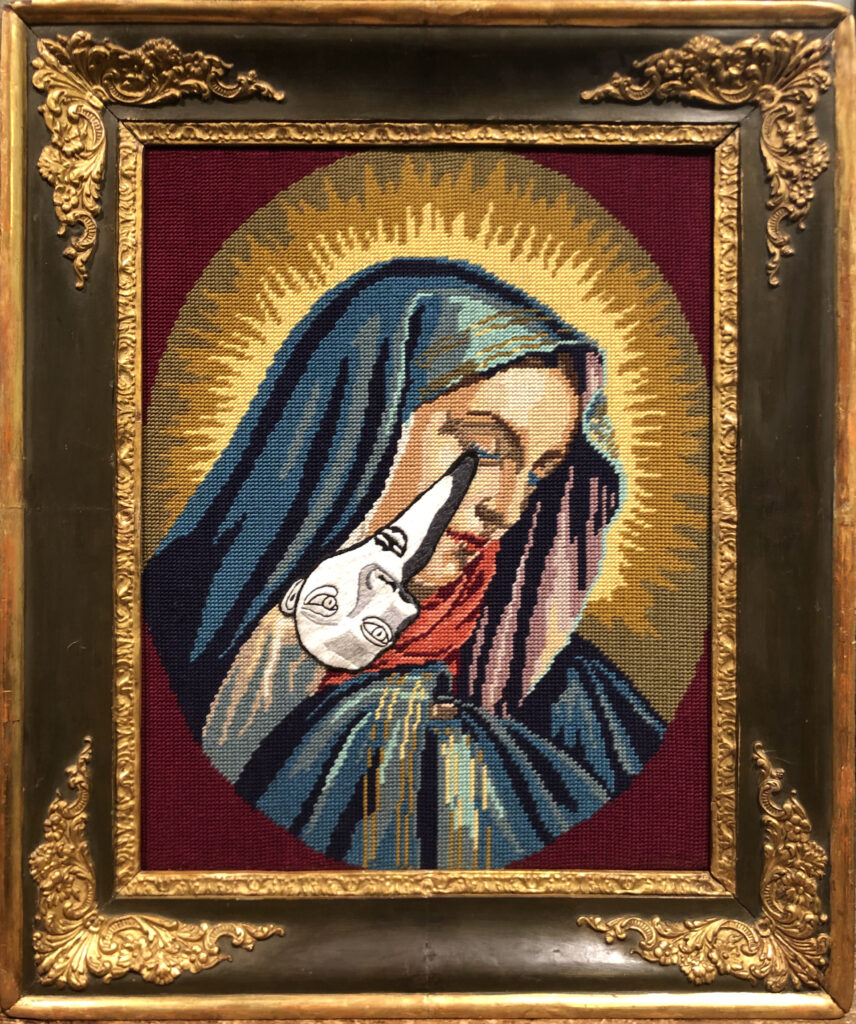 On a warm early autumn morning, PART (Palazzi dell’Arte Rimini) previewed with a meaningful conference between its main protagonists: Stefano Bonaccini, President of the Emilia-Romagna Region, Andrea Gnassi, Mayor of Rimini, Letizia Moratti, Co-Founder of the Fondazione San Patrignano, Clarice Pecori Giraldi, Curatorial Coordinator of the Collezione Fondazione San Patrignano and Luca Cipelletti, author of the architectural and display project – in the context of the magnificent Teatro Galli, renovated after 75 years since its closing.
On a warm early autumn morning, PART (Palazzi dell’Arte Rimini) previewed with a meaningful conference between its main protagonists: Stefano Bonaccini, President of the Emilia-Romagna Region, Andrea Gnassi, Mayor of Rimini, Letizia Moratti, Co-Founder of the Fondazione San Patrignano, Clarice Pecori Giraldi, Curatorial Coordinator of the Collezione Fondazione San Patrignano and Luca Cipelletti, author of the architectural and display project – in the context of the magnificent Teatro Galli, renovated after 75 years since its closing.
Moving to the close historical buildings of Podestà and Arengo, Pecori Giraldi introduces us to the curated Collection bringing together artists including: Vanessa Beecroft, Zehra Doğan, Mona Hatoum, Damien Hirst, Ibrahim Mahama, Agnes Martin, Michelangelo Pistoletto, Andreas Slominski, Ettore Spalletti, and Francesco Vezzoli, among many others.
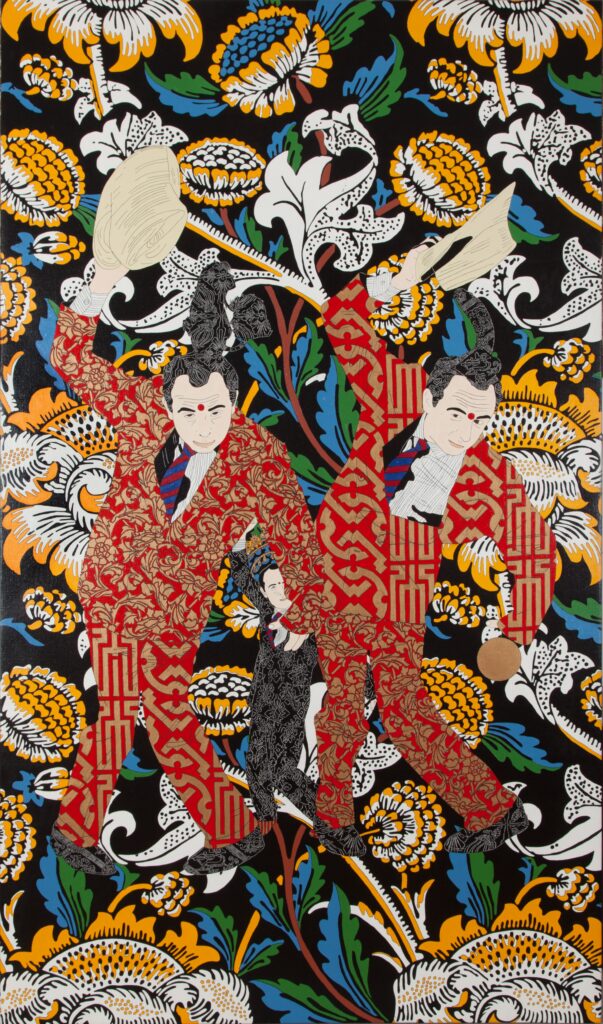 Martina Alemani had the chance to be in a conversation with the curatorial coordinator, unveiling some curiosities behind the Collezione – and Pecori Giraldi’s practice.
Martina Alemani had the chance to be in a conversation with the curatorial coordinator, unveiling some curiosities behind the Collezione – and Pecori Giraldi’s practice.
Martina Alemani: PART, the new museum in Rimini, is now permanently housing the San Patrignano Foundation’s Collection of contemporary artworks donated by artists, collectors, and gallerists. How was their involvement processed?
Clarice Pecori Giraldi: I would say that the initial contribution was given by collectors and it was a fundamental part, because the first collector donated twelve artworks of very high quality. Consequently, he established a quality level that had an impact on the whole Collection. Then came the artists, sometimes with their gallerists, but I would say that the lion’s share was given by collectors.
MA: How were you involved as curatorial coordinator of the Collection?
CPG: I worked at Christie’s. I used to be auctioneer at the charity auction of San Patrignano, which is organised every year in November. It is the charity auction with the highest turnover in Italy. When I used to lead the auction, the turnover was between 1.4 million and 1.6 million (euros). So that is a very important auction. A great relationship of trust was therefore established between Gian Marco and Letizia Moratti and me. When they started to think about this artworks donation project, they asked me to join the Board of Directors and to take care of this project. This is how it all started.
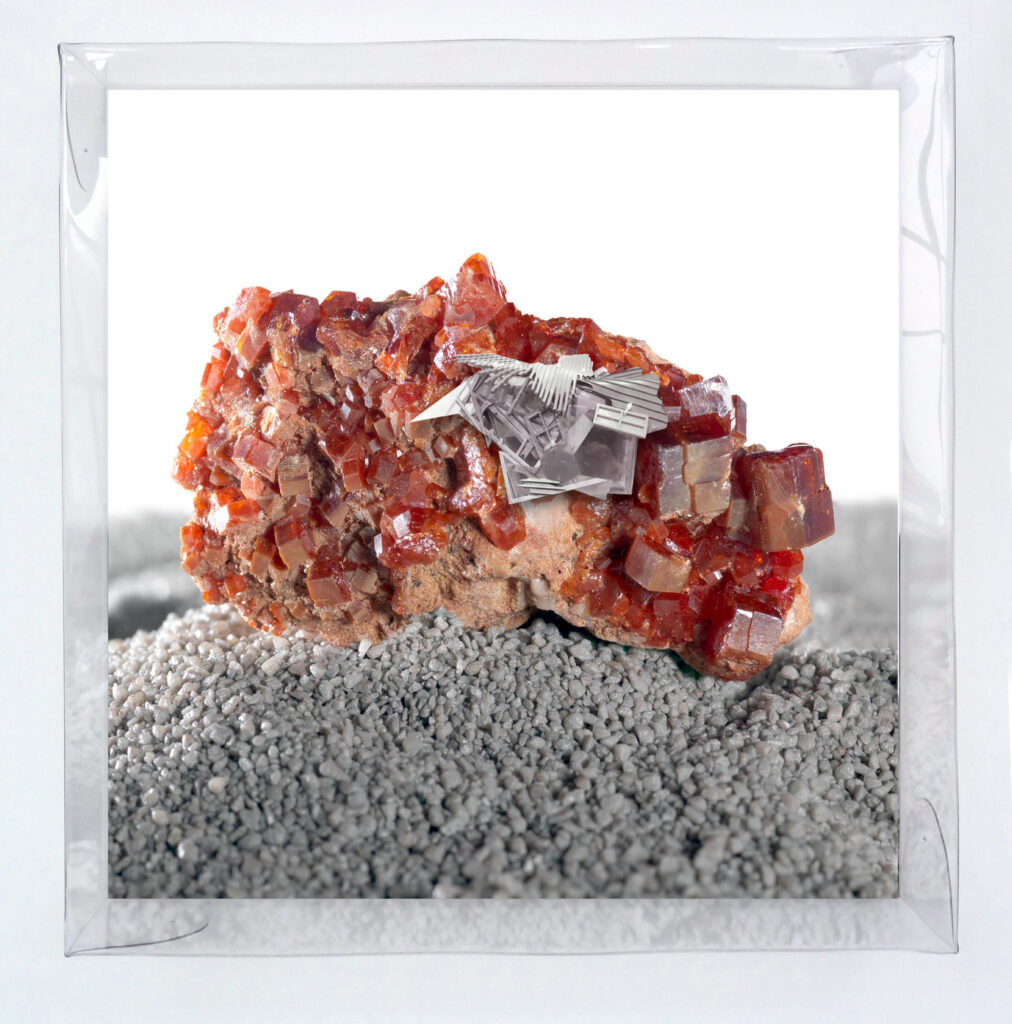 MA: Which artists (like David Tremlett, who created the permanent wall drawing at the entrance of building of Podestà) will work in collaboration with the young people of the community of San Patrignano in the near future?
MA: Which artists (like David Tremlett, who created the permanent wall drawing at the entrance of building of Podestà) will work in collaboration with the young people of the community of San Patrignano in the near future?
CPG: For the moment it’s just Zehra Doğan. We don’t have any other collaboration at the moment, because it is a matter of quality and not of quantity. Working for a few days in the community is quite engaging, even for a regular visitor. To work there means also to go around the community, to stay there for lunch and eat together with 1200 young guys and before eating everyone stands up and there is a moment where a guy claps his hands twice followed by 30 seconds of silence. I get goose bumps every time I go there. The artists that go to work there also must be ready to look within themselves.
One very important thing that I would like to emphasize is the synergy that has developed between the artists and the community. Artists like Mimmo Paladino, Alessandro Busci and Vanessa Beecroft worked with the community directly at San Patrignano, as will also happen with Zehra Dogan. Similarly, David Tremlett and Roberto Coda Zabetta developed the work in collaboration, but this time specifically at PART.
MA: How does the 14th century masterpiece “conduct and mix a magical atmosphere where the particular becomes universal,” as the mayor of Rimini Andrea Gnassi affirmed?
CPG: The dialogue between a 14th century artwork and the contemporary is always, for me, a stimulus for reflection, because it forces you to think about an exhibition space including works of different centuries and that is never banal. It’s a confrontation.
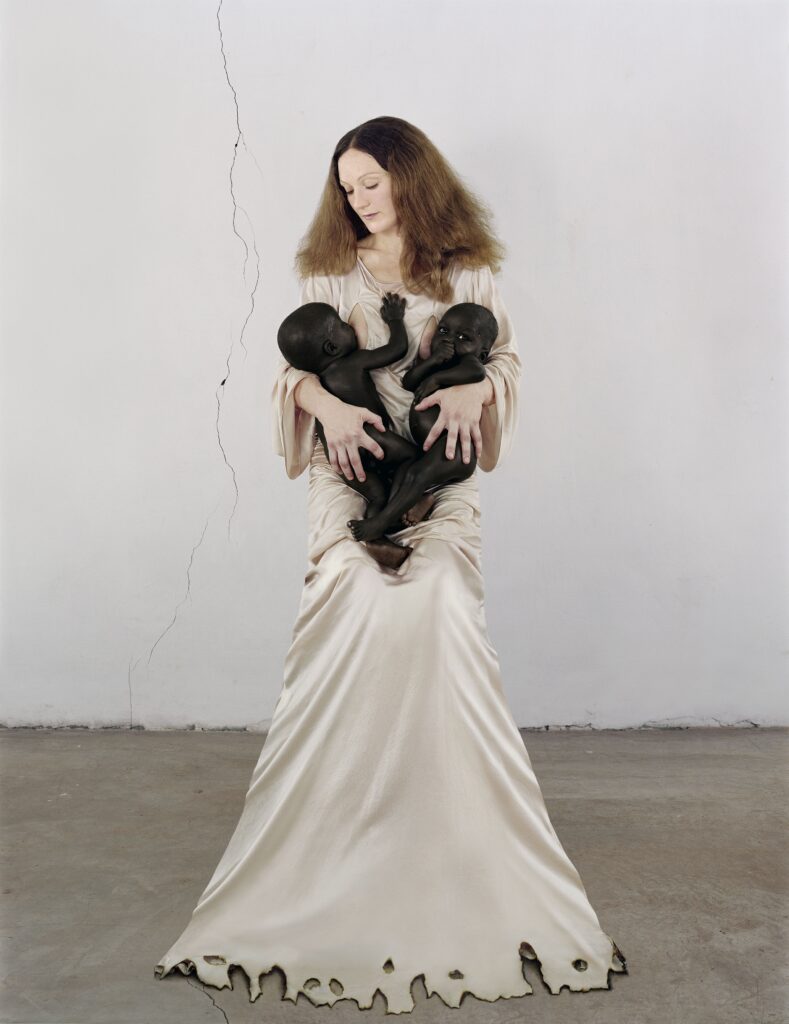 MA: Is there any other artwork in the collection that you would define as “key” like VBSS.02 by Vanessa Beecroft?
MA: Is there any other artwork in the collection that you would define as “key” like VBSS.02 by Vanessa Beecroft?
CPG: I think that the work of Pistoletto is extremely absorbing, you have to interact with it and this is something I appreciate very much. Then, I would mention the trap work of Slominski. It is a little artwork that has a great significance and helps us reflect.
MA: As an art advisor, is there a common thread that links the different collections you curate or, on the contrary, does it radically changes depending on the patronage?
CPG: I have my own taste, therefore when one turns to me, he already knows my sensitivity. Just to explain myself, I would not be able to make a collection of Fluxus art. There is always a lot of empathy and I like to think there is some spirituality. This is my distinguishing mark.
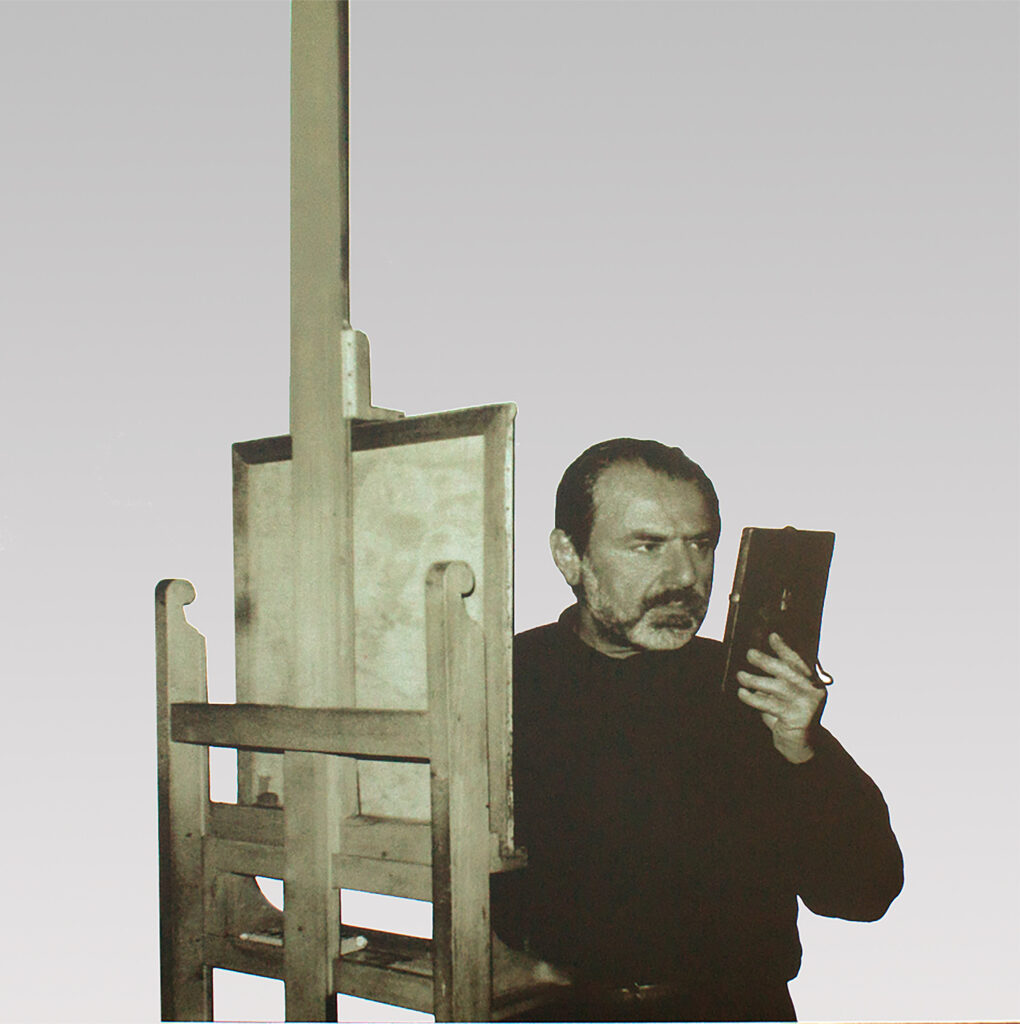 As a closing note: like Alemani and Pecori Giraldi discussed, particularly significant are the works by Vanessa Beecroft and Andreas Slominski. In the first, VBSS.002, a woman feeds two kids to her breasts and becomes a symbol of Fondazione San Patrignano and the boys and girls who experience it. Beecroft claims about it: “The sources of my inspiration became the paintings and sculptures of the 15th and 17th century, and the architecture of any era.”
As a closing note: like Alemani and Pecori Giraldi discussed, particularly significant are the works by Vanessa Beecroft and Andreas Slominski. In the first, VBSS.002, a woman feeds two kids to her breasts and becomes a symbol of Fondazione San Patrignano and the boys and girls who experience it. Beecroft claims about it: “The sources of my inspiration became the paintings and sculptures of the 15th and 17th century, and the architecture of any era.”
Wieselwippbrettfalle is the work by Slominski, a trap for mice, installed on the floor of one of the exhibition’s rooms. Traps in the artist’s practice have become the solution in his search for a personal form of artistic expression, they have become his artistic strategy.
